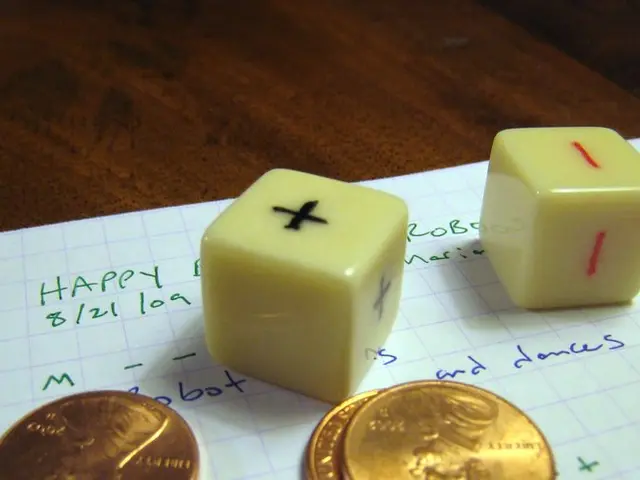Innovative Creations Attributed to Devoted Clergy Members: Catholic Priests
In the annals of history, the contributions of religious figures are often overshadowed by those of scientists and engineers. However, a closer look reveals a host of clergy members who have left indelible marks on various fields, particularly in the realm of technology. This article highlights some of these trailblazing priests, their inventions, and their impact on the world.
Ferdinand Verbiest, a Belgian Jesuit, is credited with the invention of the first self-propelled vehicle. Designed in 1672 for the entertainment of the Chinese emperor, the vehicle showcased the ingenuity of Verbiest and marked the beginning of automotive history.
Fast forward to the 19th century, and we find Fr. Eugenio Barsanti, an Italian priest from the Order of Poor Clerics Regular of the Mother of God of the Pious Schools, or the Piarists. Barsanti is best known for designing the very first working model of an internal combustion engine in 1856. Teaming up with engineer Felice Matteucci, Barsanti's engine, a two-cylinder, 5-horsepower motor, was intended to drive machinery in factories and even replace steam as a power source for ships.
Barsanti's work paved the way for further advancements in the field. In 1858, he followed up with a two-piston engine, but unfortunately, his untimely death from typhoid fever in 1864 halted the mass production of the engine.
Another priest, Fr. Anyos Jedlik, a Hungarian Benedictine, improved upon Michael Faraday's electric motor. Jedlik eliminated the permanent magnet and replaced it with a rotor, stator, and commutator, making his motor more efficient and adaptable.
Meanwhile, Giovanni Caselli, a native of Siena, Italy, and a priest, invented the pantelegraph, the forerunner of the modern fax machine, in the 1860s. The pantelegraph could reduce or enlarge the image and send multiple messages through a single wire at one time, revolutionising communication.
The pantelegraph impressed Emperor Napoleon III so much that he ordered a fax service to connect Paris and Lyons in 1865.
Fr. Bartolomeu de Gusmao, a Brazilian priest, also made significant strides in technology. At the tender age of 20, he invented a device that could fetch water from a stream and carry it up a hill 328 feet (100 meters) high. De Gusmao's work on lighter-than-air craft toyed with the idea of a hot air balloon in the 18th century.
Lastly, Fr. Georges Lemaitre, a Belgian priest, is known for formulating the Big Bang theory. His groundbreaking work in cosmology continues to shape our understanding of the universe today.
These priests' inventions and discoveries serve as a testament to the fact that one's faith does not preclude innovation and progress. Their stories remind us that the pursuit of knowledge and the betterment of humanity knows no bounds, not even those defined by religious affiliation.







